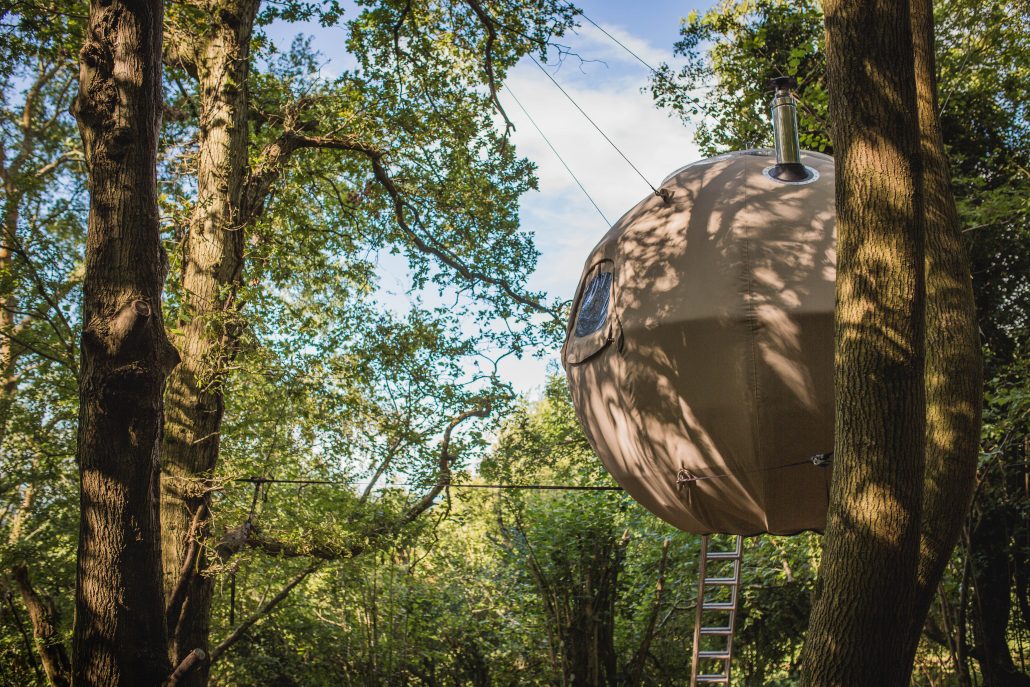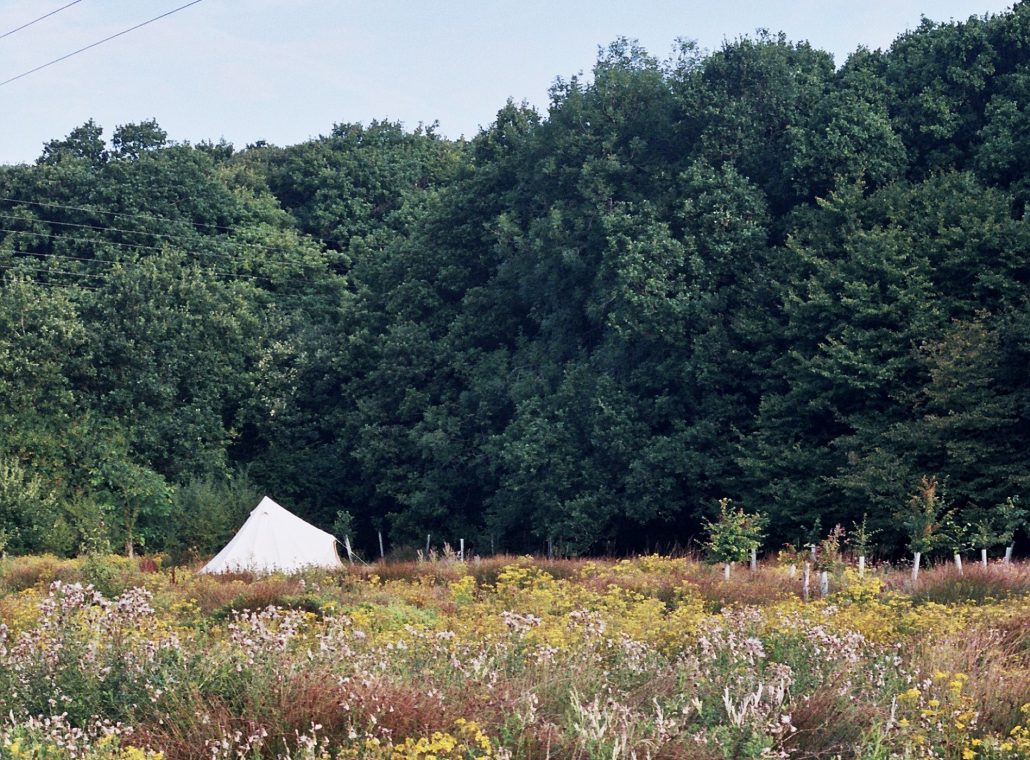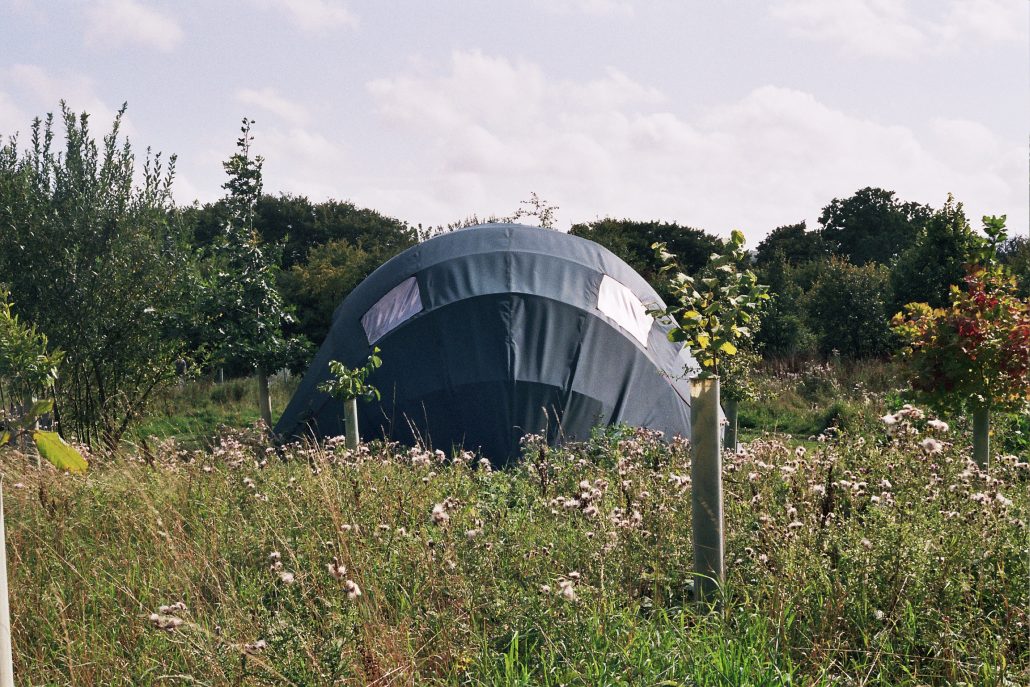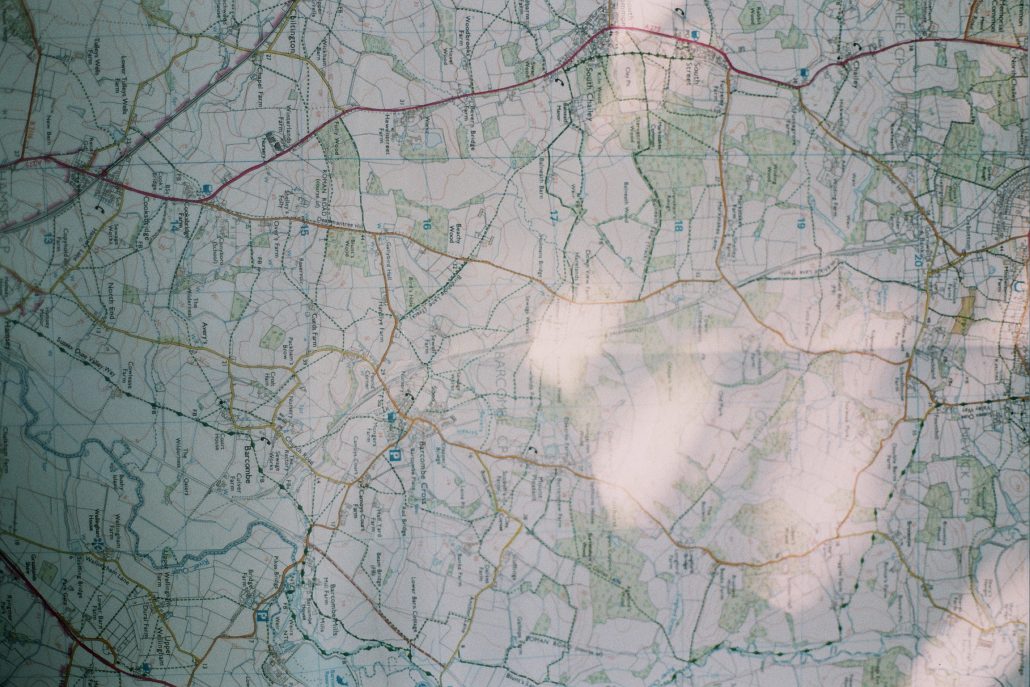Planning for simplicity
A beautiful wooded spot, a couple of healthy trees, no frills. That’s all you need to hang your Tree Tent on site. It doesn’t even matter how rough the terrain is, the key point is simplicity. So, when you’ve got your scheme planned out and you’re ready to turn your woodland site into a glamping destination in the vivifying outdoors… what’s next?
It’s likely that before you begin you’ll need to get some sort of planning permission. Outfitting your site for camping/glamping is usually considered development. But because Tree Tents range of structures are classified as temporary, the level of impact on the environment is minimal.

That makes the planning process comparatively painless. We’ve also worked with planning consultants during the Tree Tent design process, making it easier for you to get the permissions you need. To help you prepare, your site will generally fall into one of these two categories:
- Sites With Existing Glamping & Planning Permissions
If your site is already set up for camping/glamping and you have an existing temporary structure on it, you probably already have the proper planning permissions in order. Just be sure to review them carefully to see if you’re able to install a Tree Tent under your existing permissions.
In some cases, it may take a slight variation to your planning permissions to accommodate a Tree Tent on your site. As with all planning permissions, the devil is in the details. Paying close attention to the description of development, as well as the conditions of the permissions, will pay dividends helping you get everything in order.
- New Glamping Sites
If you don’t have existing planning permissions for your camping/glamping site, check with your local planning authority to see if you need them. Depending on the local authority, your Tree Tent installation may be considered ‘development,’ but in some cases, it may not.

We may be experts in the area of sustainable and innovative design, but we wouldn’t call ourselves planning experts! So we enlisted the help of Marie Stacey, Senior Planner at Pegasus Group, for her advice in this area.“The low impact and sustainable design of the Tree Tents structures contributes greatly to their success in getting planning permissions without the headaches that many, more permanent, glamping options encounter,” she shared.
She told us that the definition of a ‘temporary structure’ has been recently narrowed by a High Court judgment.
“This judgment concerns a number of portable, mobile or temporary structures,” she says. “Whilst these do not fall under the definition of ‘building,’ they could now constitute ‘development’ under the Town and County Planning Act because they comprise ‘other operations’, and therefore require planning permission.”
So a new site that includes the installation of one or more Tree Tents, is likely to require planning permission for the change in use of land. This also extends to the erection of any ancillary structures, like toilets or washing facilities, and engineering operations, including carparks or vehicle access.
Your scheme will need to comply with the Local Planning Authority’s Development Plan policies, unless other material considerations indicate otherwise. Local Planning Authorities are supportive of sustainable rural tourism that has minimal impact on the countryside. And because all our organic glamping structures are designed using shapes found in nature, they integrate seamlessly into the landscape. This helps owners easily meet the requirements for respecting the character of the land. The earth likes it and planning authorities and local communities can breathe a sigh of relief. Jakie Jewel from Classic Glamping recently told Inspired Camping:
“A number of planning departments/councils have a stated aim of assisting in the development of tourism and many are supportive of farm diversification which can help with the process.” In this respect, if your scheme is carefully designed and considers the site context, then planning permission should be quite achievable.

If land within the vicinity of your site is specially designated for its important landscape qualities, or its ecological or heritage value, consider your glamping scheme’s layout, and the type of structures you use with particular care. Aim to minimise any potential effects it will have on the qualities of the designated area.
Depending on your site and scheme, it may be worthwhile to reuse redundant buildings to cater for any ancillary requirements. That can help reduce the scheme’s potential effects on the landscape and the visual impact of the surrounding area. This will also help smooth the planning process, and more importantly, preserve the natural surroundings.
We specifically design all our glamping structures to be low impact and planning friendly. We prefabricate them off site and deliver them flat-packed, which makes for a nonintrusive delivery process. Because they’re lightweight, they can be moved onsite and installed with minimal disruption to your landscape. In addition to saving the earth and saving you some headaches, this has gained them much favour with authorities.

Working With the Experts
There may be other material planning considerations that will need to be addressed as part of your scheme. So it’s important to get professional advice on these matters to ensure that no delays or surprises pop up further down the planning process.
It’s important to employ a planning consultant that knows about glamping specifically. That will make the process smooth and easy. We worked with Pegasus Group while designing our structures. Since they already know Tree Tents and the planning requirements associated with them, it means less work for you.
We believe passionately in helping you get your world-class escape off the ground as quickly and painlessly as possible. That’s why we’ve designed and built the world’s greatest glamping structures that are low-impact and planning friendly. So you can look forward to planning simply; planning for simplicity and getting on with what you do best.






